Wattleseed
The name Wattleseed is used to describe the edible seed of Acacia trees. These seeds have gained so much popularity over the years mainly because of its flavor and availability.
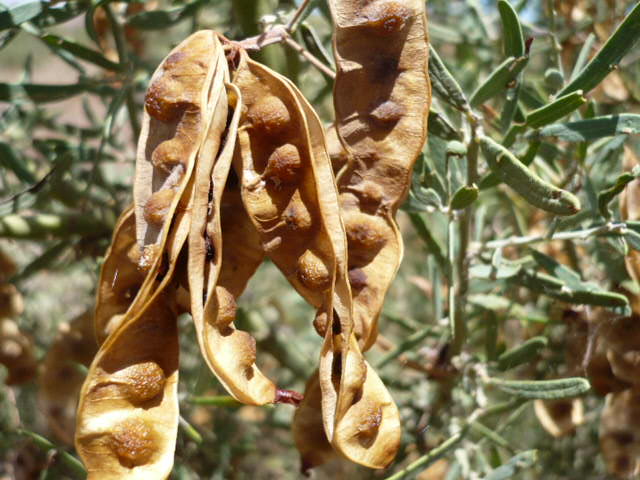
Wattleseed
Table Of Content
There are more than thirteen hundred species of Acacia found across the world. In Australia alone, there are about one thousand species of Acacia.
Wattleseed Other Names
There are many other names for Wattleseed:
- Coastal wattle
- Wirilda
- Mulga
- Golden wattle
- Gundabluey watle
Wattleseed Distribution
Acacia trees are native to Australia. The harvested seeds are collectively known as ‘Wattlea’ by Australians. Apart from Australia, different varieties of this tree are found in other parts of the world including Africa, South America and the United States. In Asia, it is found in countries like Iran, Iraq and Israel.
Wattleseed Tree (Acacia) Habitat
Wattleseed trees are very common in coastal and tropical areas. They even grow in arid, semi-arid and rocky areas.
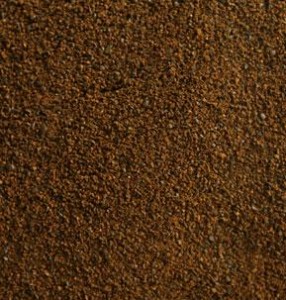 Picture 1 – Wattleseed
Picture 1 – Wattleseed
Source – aidanbrooksspices.blogspot.com
Wattleseed Appearance
Size: Each pod of Acacia is around three inches long and contains 10 – 12 seeds. In diameter, the average size of a seed is around 2mm, though it may be up to 5mm depending on the variety of Acacia. The seeds come with a hard outer cover.
Color: The pods are generally light brown, dark brown or light yellow in color. Grounded Wattleseeds are dark brown in color having an appearance similar to coffee powder.
Wattleseed Varieties
Though there are around one thousand species of Acacia, most of them are poisonous and only few of its species bear edible seeds.
Here is a list of some of the most used varieties of this species-
- Ac retinodes – Wirilda
- Ac. sophorae – Coastal Wattle
- Ac aneura – Mulga
- Ac coriacea – Dogwood
- Ac victoriae – Prickly Acacia
- Ac murrayana – Colony Wattle
Ac retinodes – Wirilda is the most popular among all the varieties and it is widely grown in large areas for commercial purposes.
Wattleseed History
Around 5000 years ago, Wattleseed were harvested by Australian aborigines. Acacia tree has a special significance for Australians. The early colonists used its branches and trunks along-with mud and clay to build their houses, a method known as “wattle and daub”. Hence, the Australian acacias got the name ‘wattle’.
In 1984, Vic Cherikoff was the first to use Wattleseed as a flavoring ingredient. Now it has become a major product because of its hazelnut, coffee and chocolate flavor.
Wattleseed Flavor
Newly harvested seeds have a dry woody kind of flavor. If properly roasted, high quality seeds generally have nut, chocolate and coffee characteristics. Roasted seeds taste like a blend of hazelnut and coffee. It is widely used to enhance the flavor of desserts.
Wattleseed Cultivation and Harvest
Wattleseed trees are cultivated mainly due to commercial purpose. Appropriate maintenance of a tree can help the tree to produce seeds for more than 12 years.
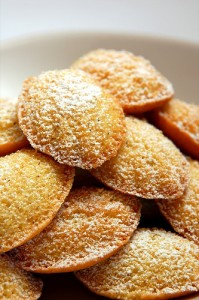 Picture 2 – Wattleseed Picture
Picture 2 – Wattleseed Picture
Source – farm1.static.flickr.com
Seeds are harvested both in the wild and commercially. Generally seeds are collected from January to March. The task of gathering the seeds is very time consuming and also a laborious one.
Wattleseed Nutritional Benefits
The seeds are full of fiber, protein and carbohydrates. In all the species, energy content is quite high. It is also used to make diabetic food.
Scientists are trying to find out its medicinal properties, in fight against cancer.
Wattleseed Uses
It is primarily used in making ice creams, granola, chocolates, dairy desserts and breads. Grounded seeds and pastes are used to flavor breads, muffins, desserts, pancake batter etc. Seed extract is used in savory and sweet sauces. The seed paste is popular among chefs as it carries maximum flavor strength. The roasted powder is sometimes sprinkled on Cappuccinos and also used to thicken sauces.
In Australia, Wattleseed is an important ingredient in Muesli.
Wattleseed Traditional Uses
The aborigines used to ground the Wattleseeds to make a kind of flour.
Wattleseed Recipes
These costly seeds are used in many popular recipes like Wattleseed Ice-Cream, Wattleseed Bread, Wattleseed Tiramisu etc.
Wattleseed Side Effects
There are no known side effects of these seeds.
Wattleseed Toxic
Since different varieties of Acacia contain toxic substances, it is not safe to collect the seeds unless one has proper knowledge of this species.
Wattleseed as Substitute
This seed can be used as an alternative to hazelnuts. Sometime, a coffee is made with these seeds.
How to store Wattleseed?
The grounded seeds must be stored in a dry place as it traps moisture, which affect its taste and nutritional benefits. Wattleseed paste and the extract should be stored in a chilled place. Dry seeds can be stored for a long period of time.
Wattleseed Interesting Facts
Here are some interesting facts about the tree and the seeds:
- Scientists are researching the effects of Wattle seeds, which seem to have a positive effect on diabetic patients.
- Edible seeds of Acacia are now exported to countries like UK, US, Canada, Japan, France and South-East Asian countries.
- The Aborigines discovered forty different species of edible Acacia without any medical casualties.
- Wattleseed is so popular in Mexico that one may often see people picking the seeds from trees.
- Because of its attractive appearance, this seed is used widely by most of the chefs around the world.
- The Golden Wattle (Acacia pycnantha) is the national floral emblem of Australia. Australians celebrate Wattle Day on 1st September.
- In West African countries like Niger tropical wattle species have been cultivated for many years (Planted for firewood).
- In the Bible, Acacia wood is called “shittim”.
- The seeds of Acacia are also eaten by birds and other wildlife.
Where to Buy Wattleseed
These seeds are available in many specialty spice shop in Australia. Wattleseed is available as a grounded powder, liquid and paste.
Wattleseed Price
Wattleseed is slightly expensive, when compared with other spices.
The growing demand of these expensive seeds has certainly made it popular in recent years.
Wattleseed Pictures
Have a look at the pictures of this tree and its seeds:
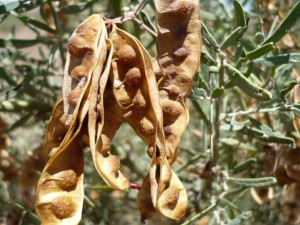 Picture 3 – Wattleseed Image
Picture 3 – Wattleseed Image
Source – outbackjack.info
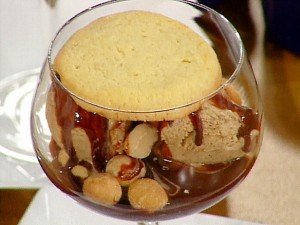 Picture 4 – Wattleseed Photo
Picture 4 – Wattleseed Photo
Source – img.foodnetwork.com
References:
- by Tuhin Das
- October 3rd 2011

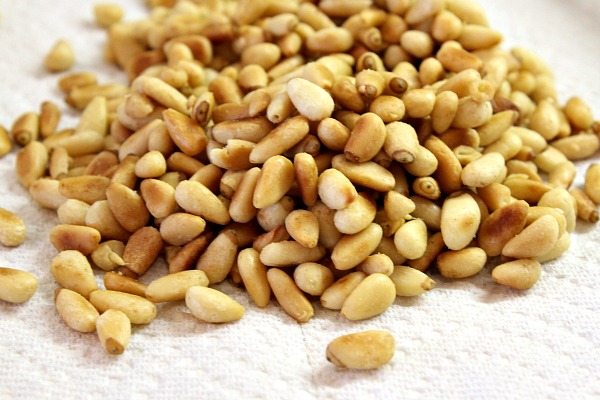

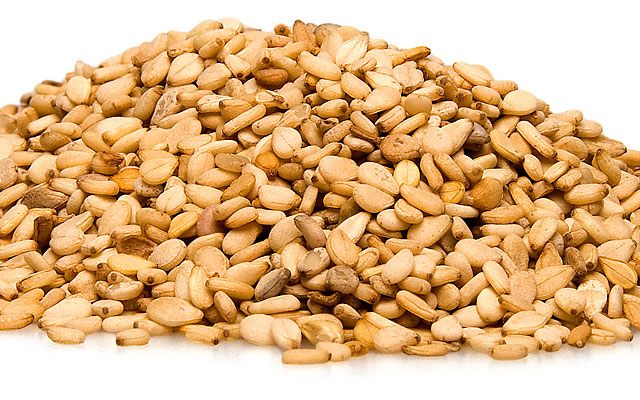
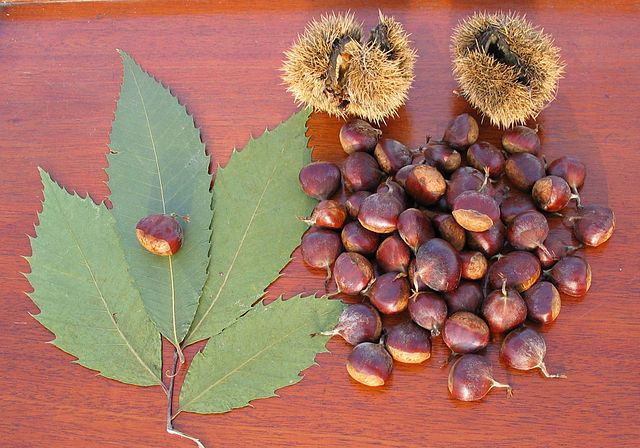















Leave a Reply